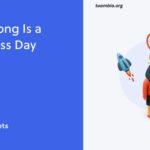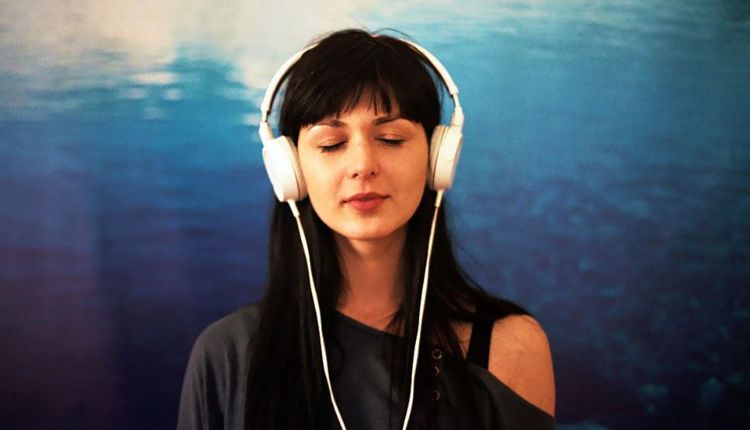Music has a magical way of transporting us through time. A single melody can awaken emotions, memories, and sensations buried deep within our minds. Understanding Why are memories attached to favorite songs helps us grasp how sound connects to the human experience. Whether it’s a childhood lullaby, a teenage anthem, or a song from a special moment, each carries emotional weight that links us to the past. This profound connection between Music and Nostalgia reveals how music not only entertains but also preserves fragments of who we are.
The Science Behind Nostalgic Music
Neuroscience explains that when we listen to music, it activates multiple regions of the brain — particularly those related to emotion and memory, such as the amygdala and hippocampus. These areas work together to create emotional associations with specific songs. That’s why hearing a familiar tune can suddenly take you back years in an instant.
When a song plays during a meaningful event — a wedding, a road trip, or even a breakup — your brain stores that experience alongside the music. Later, when you hear it again, your brain reactivates those stored emotions, making you feel as if you’re reliving the moment.
This process, known as “music-evoked autobiographical memory,” shows that songs are not just sound — they are emotional time machines. They help us revisit the joy, sadness, excitement, or comfort of moments that shaped us.
Emotional Resonance and the Power of Sound
Music’s ability to trigger nostalgia depends on how deeply it resonates emotionally. For example:
- Lyricsthat reflect personal experiences.
- Melodiesthat match certain moods or atmospheres.
- Rhythmsthat sync with memories of dancing, travel, or social connection.
A simple song can unlock laughter, tears, or reflection. It’s this emotional layering that makes nostalgic music so powerful. Studies show that nostalgic feelings often bring warmth and comfort rather than sadness, helping people feel grounded and connected to their identity.
The Role of Age and Memory Formation
The songs that define our youth often become the soundtrack of our lives. Psychologists call this period the “reminiscence bump” — a time between the ages of 10 and 30 when people form the strongest emotional memories. Because this stage often includes major life events — first love, independence, friendships — the music we hear during it becomes deeply imprinted in our minds.
That’s why someone might instantly light up when hearing a song from their teenage years, no matter how much time has passed. It’s not just about remembering the music; it’s about remembering who they were when they first heard it.
How Music Shapes Identity and Connection
Music and nostalgia work hand in hand to shape cultural and personal identity. Certain genres or artists can remind people of their heritage, community, or family traditions. For instance:
- A classic Arabic melody may remind someone of home and family gatherings.
- A 1990s pop hit might bring back teenage freedom and discovery.
- A traditional folk tune could rekindle memories of childhood storytelling or local festivals.
Shared musical nostalgia also strengthens bonds between generations. Parents introducing their favorite songs to their children, or friends reconnecting over old playlists, creates an emotional bridge that keeps memories alive.
Nostalgia as a Source of Healing and Comfort
In a world filled with change and uncertainty, nostalgic music offers stability. Listening to familiar songs during stressful times can lower anxiety, evoke positive emotions, and even improve mental well-being. Therapists often use music as part of emotional healing because it helps individuals express feelings they can’t always put into words.
This comforting aspect of nostalgic music reminds us that our memories are not just stories — they are emotional anchors. Through melodies and lyrics, people can find solace, hope, and a sense of continuity even in moments of loss or change.
Modern Playlists, Timeless Emotions
With streaming platforms and smart playlists, revisiting nostalgic music has never been easier. Algorithms now recognize the emotional patterns in users’ listening habits, curating tracks that evoke specific memories or moods. This digital connection to nostalgia highlights music’s enduring relevance — even in a fast-paced, tech-driven era.
Interestingly, younger generations are also discovering the joy of nostalgia through older songs. Viral trends often bring back hits from the 1980s, 1990s, and early 2000s, proving that the emotional essence of music transcends time.
Conclusion
Music is far more than entertainment — it’s an emotional archive. Every note holds a memory, every lyric a story, and every rhythm a feeling waiting to resurface. When we listen to songs from our past, we are reminded of who we were, where we’ve been, and how far we’ve come. Nostalgia through music doesn’t just connect us to the past — it enriches the present, allowing us to experience the beauty of memory with every beat.







